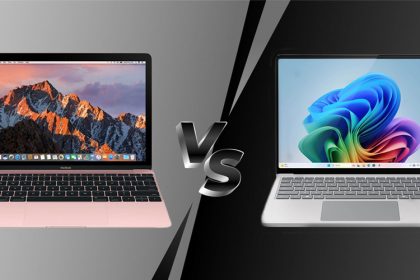Shein brand By selling affordable clothing, producing thousands of new items per week, and offering trendy designs, it has become one of the largest and most successful fast fashion brands worldwide.
But behind this unprecedented success, there are many negative consequences that cannot be denied. Emission of carbon dioxide gas, water pollution, use of unsustainable materials, increase in textile waste, violation of intellectual property and non-standard working conditions of workers are just some of the dark aspects of SHIN brand that affect human life and the environment.
Join us in this article from Sarak’s Closet magazine to learn more about the dark side of the Sheen brand and find out what a heavy price Sheen, as a fast fashion brand, imposes on us and the planet for the rapid production of its trendy and cheap products. .
About Shane
Shin brand was established in 2008 in Nanjing, China, and after a few years, it has become one of the biggest retail brands. Shin’s business model emphasizes speed and efficiency, allowing the brand to quickly produce and distribute new and trendy items and offer at least 500 new products daily at the lowest prices on its website.
The brand had revenue of $22.7 billion in 2022 and has forecasted revenue of $60 billion by 2025. The active buyers of this brand in 2023 are estimated at 88.8 million people.
Shin brand website has the most visits in the field of fashion and clothing all over the world, and the number of downloads of this brand’s application by users has surpassed Amazon’s application. Sheen is also one of the most popular brands on social networks such as TikTok and Instagram and has collaborated with many influencers for advertisements.
These cases show that Shane has traveled the path of success quickly during these years and has become a giant in the fast fashion industry; But the negative environmental and social consequences of this brand, like its income and sales, are expanding at a staggering speed.



The environmental consequences of brand Shin
The clothing industry is the second polluting industry and fast fashion brands have many destructive effects on the environment; But in recent years, Shin has become one of the biggest polluting brands.
In order to produce the latest trends in the minimum time and at the minimum price, this brand uses methods and materials that cause negative environmental consequences such as the emission of carbon dioxide gas, excessive consumption of natural resources, chemical pollution, water pollution, the use of unstable materials and increase It becomes textile waste.
Emission of carbon dioxide gas
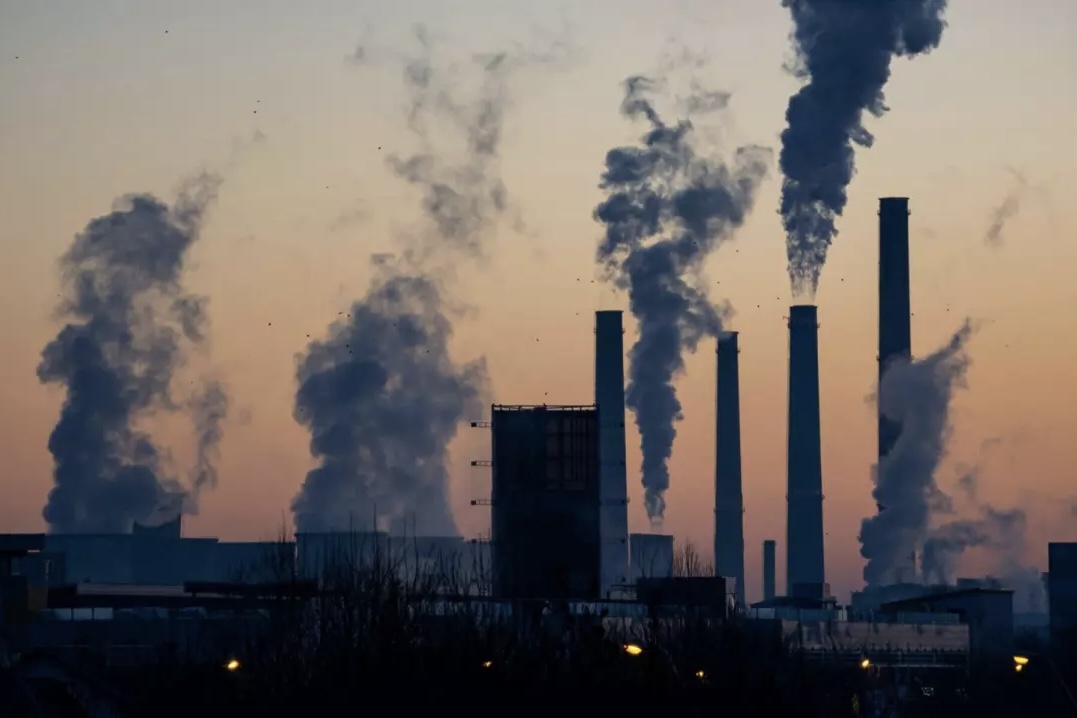

The fashion industry is responsible for more than 10% of carbon dioxide emissions each year, and Shin is a big part of that.
Due to the method of clothing production, packaging and transportation of goods, this brand imports an average of 6.3 million tons of CO2 into the atmosphere every year, thereby contributing to air pollution and global warming.
This brand claims that it has implemented programs to reduce carbon dioxide emissions since the end of 2022 and announced on its official website that in 2022, the brand’s production volume increased by 57% and its greenhouse gas emissions increased by 52%. Shin has justified this increase in CO2 emissions from 6.04 to 9.17 million tons from 2021 to 2022 with the excuse of business growth.
According to the latest statistics, after this 52% increase in the CO2 emissions of Shin brand in one year, it has exceeded the CO2 emissions of the entire country of Paraguay, which is very worrying.
In fact, it seems that this brand, contrary to the global efforts of the fashion industry to reduce the production of pollutants, has prioritized financial success and has no serious intention to reduce its carbon dioxide production.
Excessive consumption of natural resources
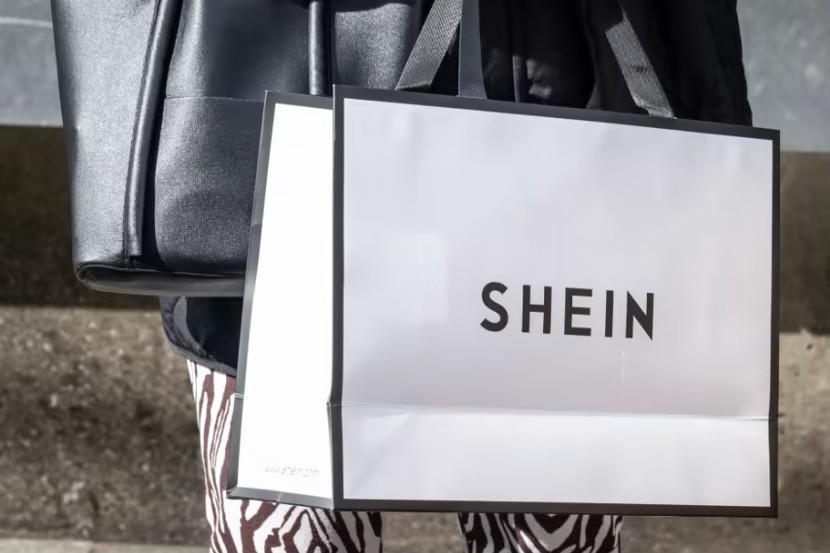

Mass production of clothes requires a lot of water, energy and raw materials, and Sheen brand takes excessive advantage of these resources, which are mostly non-renewable. For example, Shin brand consumes 7 billion cubic meters of water annually in its production processes, which is a significant amount.
Chemical pollution
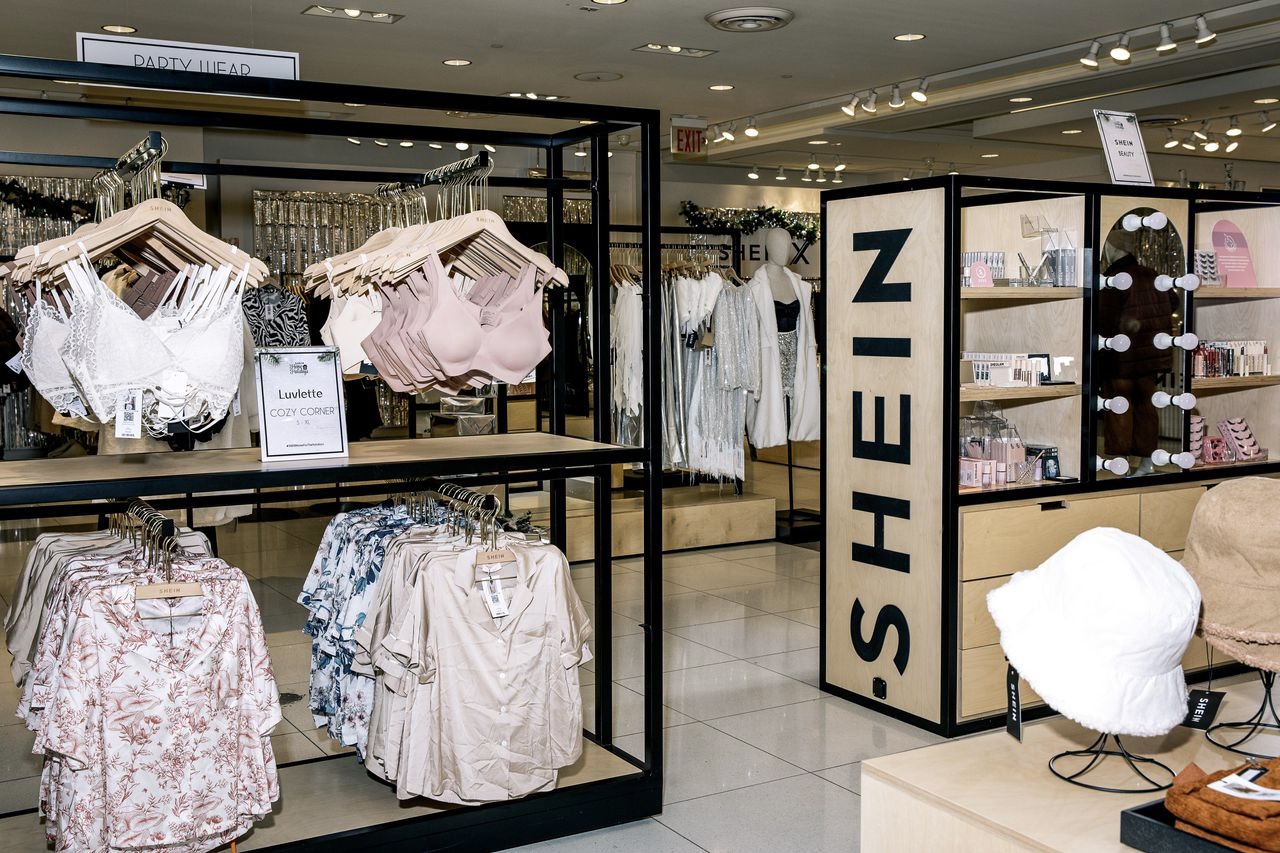

The results of some tests conducted on Sheen products in Germany show the presence of dangerous chemicals in these products that are outside the legal limits of the European Union.
Sheen products contain lead, perfluoroalkyl and phthalates, which can cause liver and kidney damage, hormonal imbalance, respiratory problems, anemia and allergic reactions.
In addition, research proves the presence of illegal amounts of some chemicals in Shin’s products. In a study conducted by the University of Toronto, scientists detected up to 20 times the permissible and safe amount of lead in Shin’s products.
Water pollution


One of the important environmental issues related to fast fashion brands like Sheen is water pollution. The fashion industry is one of the main causes of water pollution globally, with an estimated 20% of industrial water pollution coming from fabric dyeing and finishing processes. Chemicals used in dyeing and finishing textiles are often discharged into groundwater and rivers, and in addition to polluting water sources, they have many destructive effects on aquatic life.
Use of unstable material
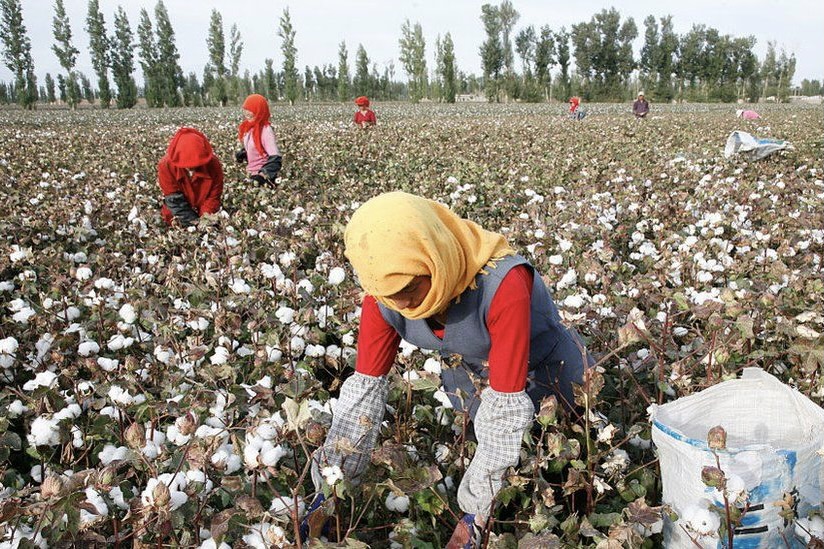

Shin Brand’s raw materials are often non-degradable and non-recyclable. Most of the products of this brand are produced from synthetic fibers such as polyester, nylon and acrylic, which are made from fossil fuels and are economical compared to natural fibers; But due to their complex structure, they resist decomposition and remain in the environment for hundreds of years.
A small percentage of Shin Ham products made from natural and degradable fibers such as cotton or linen cannot be a source of hope; Because these fibers become non-degradable when combined with the smallest amounts of synthetic fibers. Also, some reports show that the cotton used in Shin’s productions is obtained from Xinjiang, China and under forced labor of workers.
Increase in textile waste
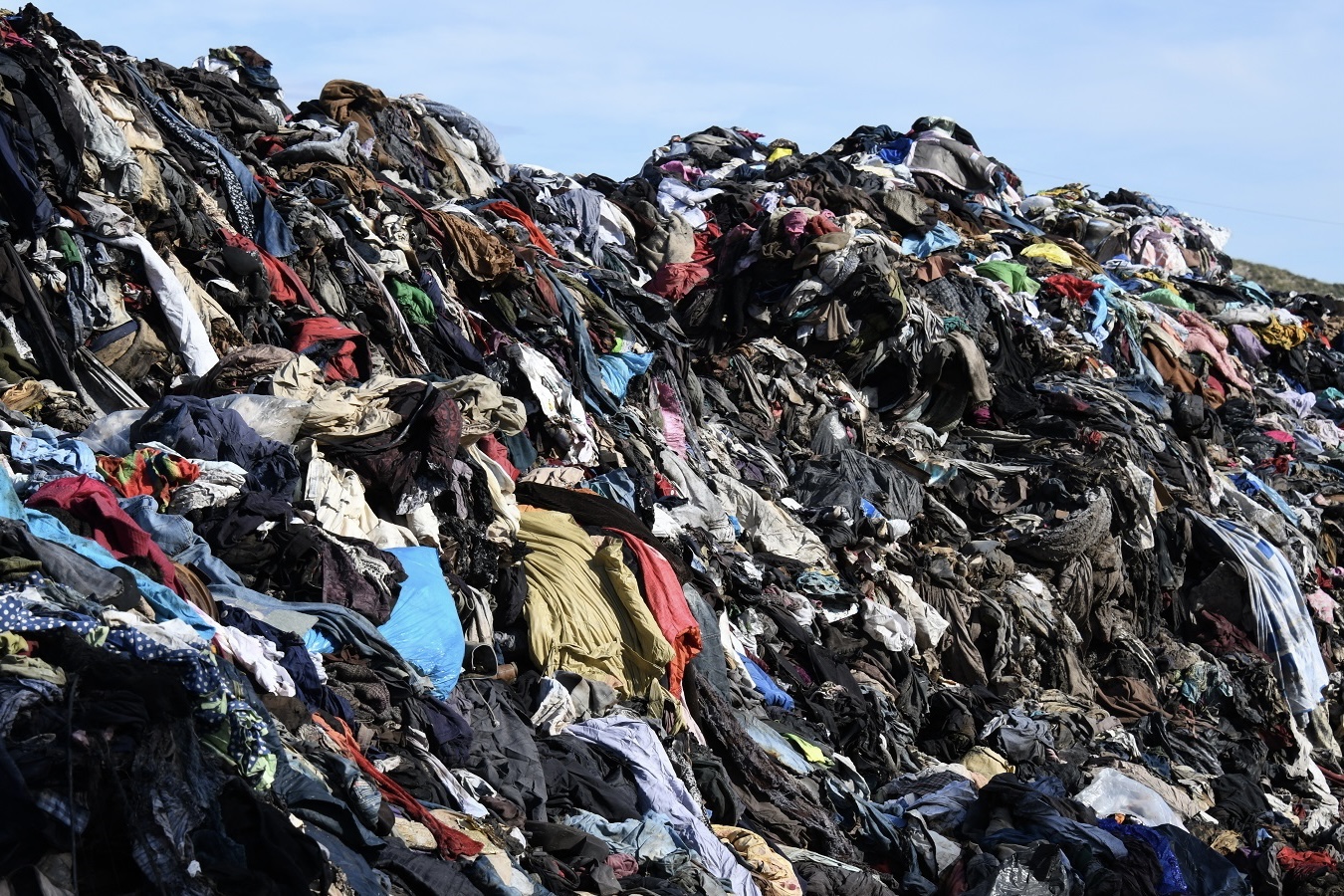

One of the reasons for the notoriety of the fast fashion industry is the creation of large amounts of textile waste. It is estimated that about 85% of textiles are thrown away every year, and Shin is one of the causes of this problem and irresponsible consumer behavior.
Shin brand produces 35,000 to 100,000 products daily. These cheap products end up in the trash after a short time due to low quality or because they are replaced by new trends. Therefore, most of the clothes purchased are soon thrown away and sent to the landfill. Due to the non-renewable material used, these products may remain in the environment for more than 200 years and lead to long-term environmental pollution.
Social consequences and non-compliance of human rights by Shin brand
The environment is not the only victim of Shane’s irresponsible actions. Promoting the culture of consumerism in the society is one of the social consequences of the Sheen brand, and the dissatisfaction of the workers due to inappropriate working conditions, violation of intellectual property and design theft, show the lack of respect for human rights by this brand.
Promoting the culture of consumerism


Shin brand invites its audience to consumerism by producing cheap products and presenting at least 500 new and trendy items daily. These products quickly become obsolete due to their low quality and force the customer to buy a new product. On the other hand, a comedy full of trendy clothes is the dream of every teenage girl, which today has become an attainable dream by shopping from fast fashion brands. In fact, this brand makes consumerism look like a sweet dream and a kind of ideal lifestyle and violates morality to achieve material benefits.
Non-standard working conditions


Sheen brand has also been criticized for using cheap labor and non-standard working conditions. According to a report by a non-governmental organization in Switzerland, the brand’s workers work three shifts a day, often with only one day off a month. The fact that workers are paid per garment encourages them to work longer hours, Shin workers said in interviews.
In addition, a documentary was aired by Britain’s Channel 4 called “Untold: Inside Sheen’s Car”, which showed that Sheen’s tailors worked up to 18 hours a day, and that each tailor sewed 500 garments a day and was paid only 4 cents per garment. does
In addition to long working hours and unfair wages, the working environment of these workers also lacks safety protocols, including fire alarm systems, windows and emergency exit doors.
In 2022, videos surfaced on social media showing the words “help me” and “I need your help” on clothing tags or handwritten inside Sheen’s product packaging. The audience saw these messages as a request for help from the employees of this brand; But Sheen denied the handwriting existed and called the words “help me” on the clothing tag a misunderstanding, claiming the message was meant to wash the garment more gently to help extend its life.
Last year, during a campaign, this brand invited 6 American influencers to China at their own expense to visit the brand’s factory. Shin brand and influencers shared videos of this visit called “Innovation Factory” on the social network TikTok, which showed that Shin’s employees have a suitable working environment and hours and are completely satisfied with their conditions.
This campaign, which was planned with the aim of refuting the accusations about the conditions and substandard working environment of the workers, ultimately had the opposite result; Because the audience severely criticized Shin’s brand and influencers and considered the broadcasted content of this visit to be false and pretentious. After these criticisms, Shin brand announced that this group visit was done for clarification. Some influencers also deleted their videos, and one of them announced that he would never work with Sheen again.
Violation of intellectual property and design theft
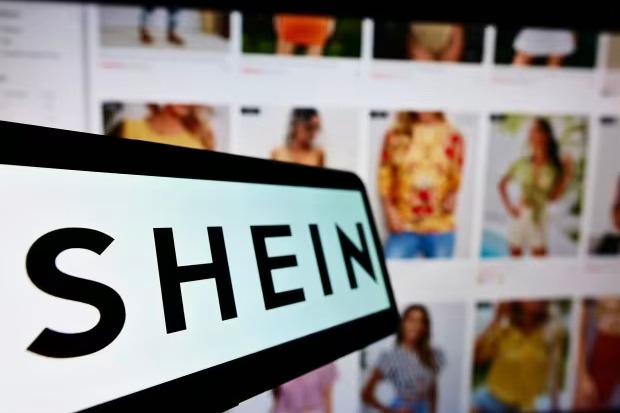

Sheen has also faced strong backlash for stealing designs from famous brands, independent designers, and even indigenous cultures. Many artists published their sketches online and showed that some of Shin’s products were copied from their designs. Many designers and brands have taken legal action against Sheen.
Ralph Lauren, Dr. Martens, Levi’s Strauss, and Uniqlo are among the brands that have so far accused Sheen of violating the copyright law and selling copies or very similar things to their products.
Even Mexico‘s culture minister questioned Sheen’s use of Mayan cultural elements in his designs. These elements are the product of a collective creativity by the indigenous people of the country, and reproduction without their consent is considered cultural theft. The products were removed from Sheen’s website after the claim, and the brand stated that it had no intention of infringing intellectual property.
Sheen measures to reduce negative consequences
In recent years, Sheen has made efforts to reduce its environmental footprint and promote sustainable fashion. The company claims to be committed to reducing carbon dioxide emissions, water consumption and textile waste, improving working conditions for workers, and implementing more sustainable practices in its supply chain.
While these actions seem promising, the lack of information about their process and outcome, and the lack of transparency on Shin’s website and official statements, creates a lot of uncertainty, and the mass production and low price of the brand’s products show that these claims are only to be exonerated. of the accusations.
The result of the research also indicates that Shin does not make much effort to reduce the use of fossil fuels and the emission of carbon dioxide and has not made significant progress in this direction.
On the other hand, this brand does not consider itself responsible for the inappropriate working conditions of the workers and their unfair wages, and has announced on its official website that it does not own any production facilities and works under contract with a network of manufacturers to produce its products. whose factory conditions have been approved by international standard labor organizations.


Regarding textile waste, Shin launched a campaign called “Our Products/Our Planet”, based on which he produces 50 to 100 items of each new product and only if it is widely accepted by the audience, he will mass produce the product.
Shane has also taken steps to recycle its products. The brand strives to recycle its products through waste management programs and aims to convert at least 31% of polyester-based products to recycled polyester by 2030.
In 2022, the Shein brand launched a new line called evoluShein, whose packaging and clothes were made from recycled materials such as recycled polyester, and a portion of the profits were donated to a women’s charity called Vital Voices.
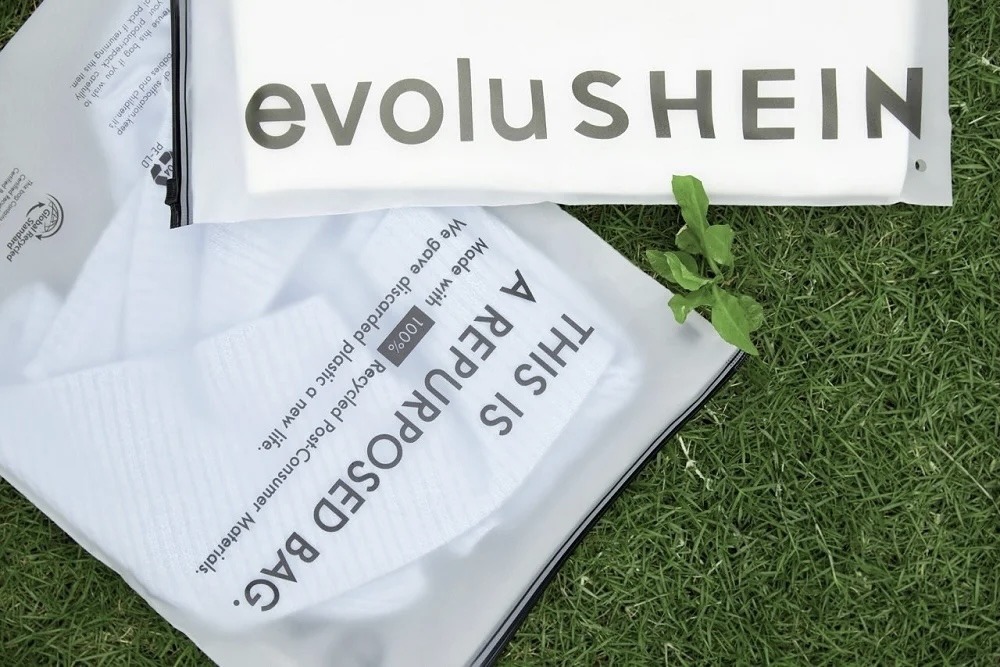

Also, the brand has announced that it will spend $7.6 million to collaborate with an organization to set up and implement energy efficiency programs. The ultimate goal of these programs is to reduce the consumption of energy, water and chemicals, which is encouraging; But only time will tell if these statements of Sheen are sincere or, like other claims of this brand, they are just words without executive support.
final word
In this article, we found out how the Shin brand sacrifices the environment and the material and intellectual rights of humans to market its products with the fastest speed and lowest price. The destructive environmental effects of fast fashion brands like Sheen are undeniable and the acceptance of trendy and cheap clothes and fast fashion in general can have a heavy price for the planet. This is why we as consumers have a responsibility to help reduce the environmental impact of the fashion industry by raising awareness, supporting sustainable fashion brands and making informed choices.
Preferring quality over quantity, buying second-hand or vintage clothes, and proper care and maintenance of clothes to increase their lifespan are among the things that can help us in this direction. Additionally, supporting transparency and accountability from fashion brands can push the fashion industry towards more sustainable practices.
What is your choice? Do you switch to eco-friendly brands to protect the planet, or do you prefer to buy multiple items at a reasonable price despite knowing the consequences of fast fashion? Write us in the comments section.
Sources:
youtube.com
RCO NEWS












